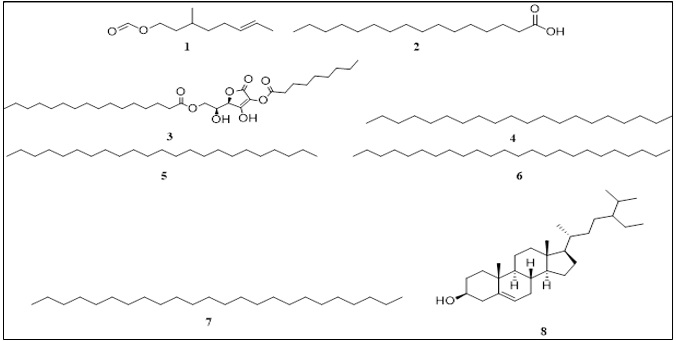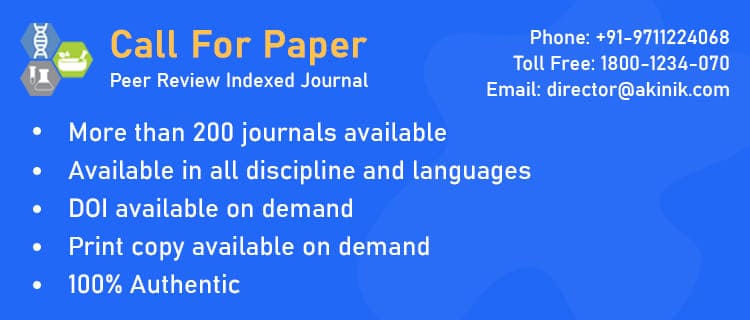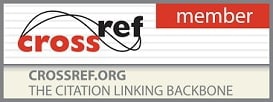- Printed Journal
- Indexed Journal
- Refereed Journal
- Peer Reviewed Journal

Journal of Pharmacognosy and Phytochemistry
Vol. 14, Issue 5 (2025)
Exploring the phytochemicals of Bombax ceiba (L.) flower extract using GC-MS: An updated study
Smrutiranjan Dash, Nawed Alam, Nikilesh Samuel, Chaitanya Bobde and Jitendra Dadsena
Background: Bombax ceiba (L.) is known by herbal medicine due to its rich chemical constituents and remarkable ethnomedicinal and pharmacological properties.
Aim: In this study, the phytochemical composition of the B. ceiba flower was described by GC-MS analysis of its petroleum ether and ethanol extracts.
Results: The petroleum ether extract contained eight phytoconstituents, with two major compounds, 6-Octen-1-ol, 3,7-dimethyl-, formate at the highest concentration of 50.89% and Triacontane at 15.40%. The ethanol extract revealed the presence of twenty phytoconstituents, among which 5-Hydroxymethylfurfural (39.04%), Pentadecanoic acid (11.55%), and 4H-Pyran-4-one, 2,3-dihydro-3,5-dihydroxy-6-methyl-(10.22%) were the most dominant. Phytochemicals isolated in both extracts displayed remarkable biological activities, such as antioxidant, anti-inflammatory, antimicrobial, anticancer, and hepatoprotective activities.
Conclusion: The findings establish that B. ceiba flower extracts possess tremendous potential for therapeutics and industries, thus forming a strong basis for further pharmacological studies.

Fig. 1: Structure of the compounds from GC-MS analysis of petroleum ether extract of B. ceiba flower
Pages: 473-478 | 34 Views 9 Downloads







